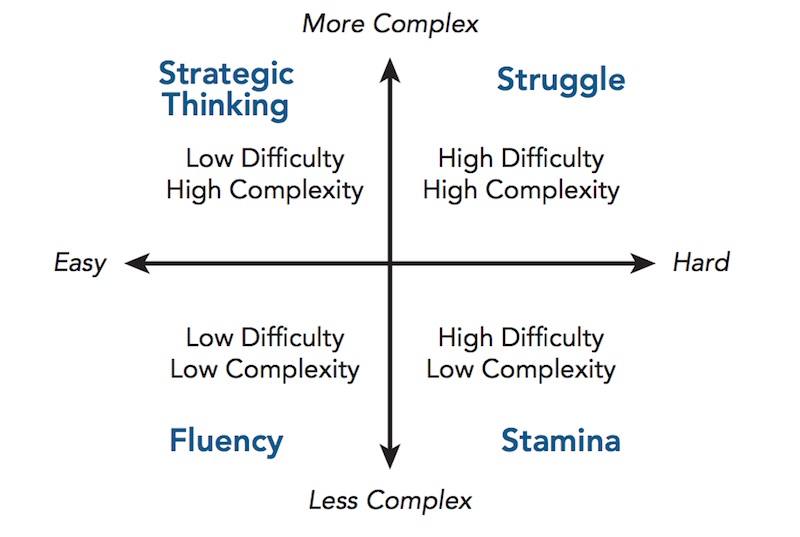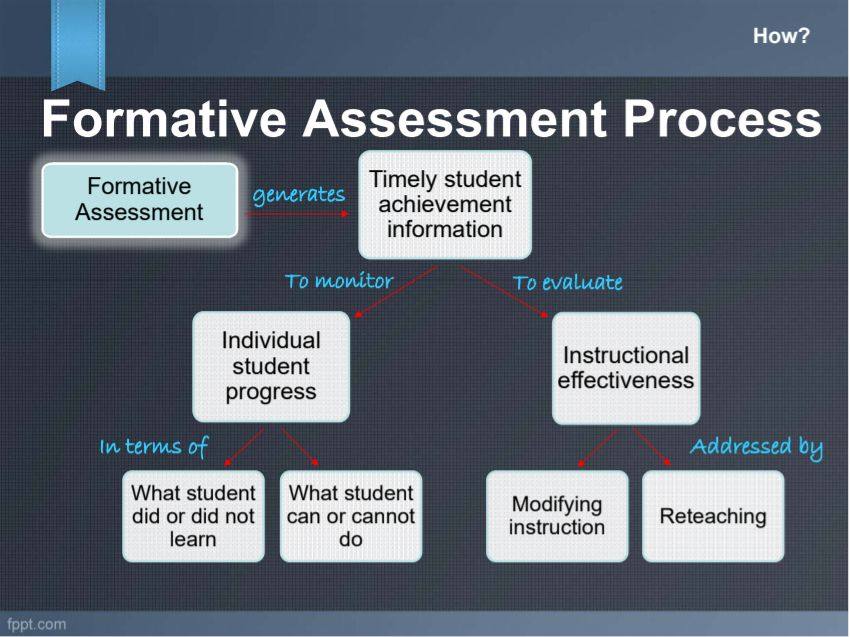In the first four parts of the Coaching for Results series, we covered quite a bit of ground. In this blog entry, I’ll share the final two action steps you need to take. I also discuss and share some resources.
Coaching for Results

Image Source: Corwin Press
Of the coaching models available, Diane Sweeney’s calls out to me. Imagine the work and wisdom that went into creating the Results-Based Coaching Tool. In her must-read book on coaching, Student-Centered Coaching: A Guide for K-8 Coaches and Principals, Sweeney says:
I have always believed we could find a way to link coaching with student achievement. Yet as a coach, I experienced mandates where I was required to log my daily conversations, turn in my schedule, survey teachers and keep track of which teachers participated in professional development…I realized that if we wanted to collect data that measured the impact of coaching on students then we had to collect a different kind of data.
Her coaching tool arose from the insight and wisdom of her efforts. When I write of coaching for results, it is Sweeney’s efforts I have in mind. But I also combine them with the work of Weston Kieschnick in Bold Schools. Doug Fisher’s, Nancy Frey’s and John Hattie’s work in Visible Learning for Literacy are also relevant. Each of these paints a powerful picture of how the three components can come together in five action steps.
Reviewing the Five Action Steps
The action steps we’ve covered so far include:
- Action Step #1: Develop and Pre-Assess Learning Outcomes
- Action Step #2: Select Your High-Effect Size Instructional Strategy
- Action Step #3: Decide on the Digital Tool(s)
- Action Step #4: Craft Your Lesson Procedure
- Action Step #5: Post-Assess Student Learning and Reflect
Coaching for Relevance
The formula is simple to grasp, but complex in each component. You can spend a lifetime learning about each strategy. One example of this is learning when to use high-effect instructional strategies at the surface, deep, and transfer levels of learning. One approach is to consider Sweeney’s methodology, which she outlines in her book:
- At the beginning of a coaching cycle:
- Coach and Teacher:
- Discuss the goals for student learning using “Students will learn…” statements.
- Preassess students to determine how they are doing in relationship to the goal. Preassessments can take a variety of forms, including the use of technology tools.
- Coach and Teacher:
- During the coaching cycle:
- Coach and Teacher:
- Design a set of instructional practices that link to the goals for student learning.
- Determine what coaching practices make sense for the teacher and coach.
- Work together to put in place instructional practices.
- Reflect on how those practices assist students in achieving academic goals. (excerpt from Figure 5.1: Capturing Data Across a Coaching Cycle, page 87)
- Coach and Teacher:
Sweeney includes more suggestions, but one of the key ideas is that of post-assessment. In post-assessment, we measure performance in relationship to the academic goal. In a similar way, Weston Kieschnick urges us to assess our own praxis. One way could be a depth of knowledge, or use of difficulty and complexity (Fisher, Frey, Hattie, 2016).

These assessment tools provide us with insight about what our students know. They also suggest to us areas of potential growth in our own preparation. Having a coach to discuss this can be quite helpful, much the same way I found my colleague’s suggestion.
When we coach for results, we:
- Assist teachers in crafting instruction that works.
- Develop tech-enhanced, evidence-based learning experiences that are relevant and rigorous.
- Scaffold accelerated students growth.
- Conduct pre/post-assessments that align to high-effect size instructional strategies in use.
With that in mind, let’s take a look at the last two action steps.
Action Step #4: Craft Your Lesson Procedure
“Plan your lesson, every activity, thinking through what your students will do.” Words of insight from a few years ago via my colleague, Diana Benner. I was in the throes of planning out a workshop that strained complexity. Whomever your audience for lesson design, put yourself in the place of your students.
In Sweeney’s coaching cycle, this is when the coach and teacher get together. They plan out instructional practices. This means you identify what you are going to do as the teacher, and what students will do. You can put it in narrative form or bullet list. In my own classroom, a graphic organizer worked quite well to map out activities.

Image Source: Bold School
Weston Kieschnick’s book, Bold School, offers many examples. In one of my favorite chapters on Direct Instruction (effect size of .59), he describes it in this way:
What will the teacher do?
- Using direct instruction, the teacher explains a way of interpreting text/chart, etc…
- The teacher will then show students an example…
- With Kahoot!, the teacher solicits students input.
- The teacher will provide more direct instruction based on results of input….
What will the students do?
- Students will work to comprehend material.
- Students will take part in a guided practice exercise.
- Students will engage in independent practice.
To better illustrate this process, here’s one chart. It focuses on the use of Reciprocal Teaching (.74).
Note: Reciprocal Teaching is a deep learning strategy. It relies on scaffolded student conversations (via sentence stems) to develop skills that include summarization (.74), metacognition (.58), questioning (.48), and vocabulary development (.63). Want to learn how to implement it in your classroom or school? Contact TCEA.org’s empowerED program.
Action Step #5: Post-Assess Student Learning and Reflect
What student data will inform teacher instructional practices? For many educators, learning to analyze state assessment data as a team is familiar. Others may find they need more personalized data. For this, they may rely on a variety of assessment tools, many of which are available online. Some are tech-based, but others can be paper-and-pencil or other.

Image Source: Slide 16
The goal of these assessments is to gain insight into what students know before instruction. It is also to gain insight into what they have learned after instruction. Use assessments to adjust instruction as well to meet the needs of students.
Coaching for Results
Keep in mind that high-effect size instructional strategies endure over time. They do so because they have a growing body of research that reveals their efficacy in accelerating student growth. Use technology in ways that make learning relevant to real life, and amplify the impact of strategies that work. When relevant, use it. When not, skip the tech. Focus on accelerating student growth and you won’t go wrong. Remember that less is more.

